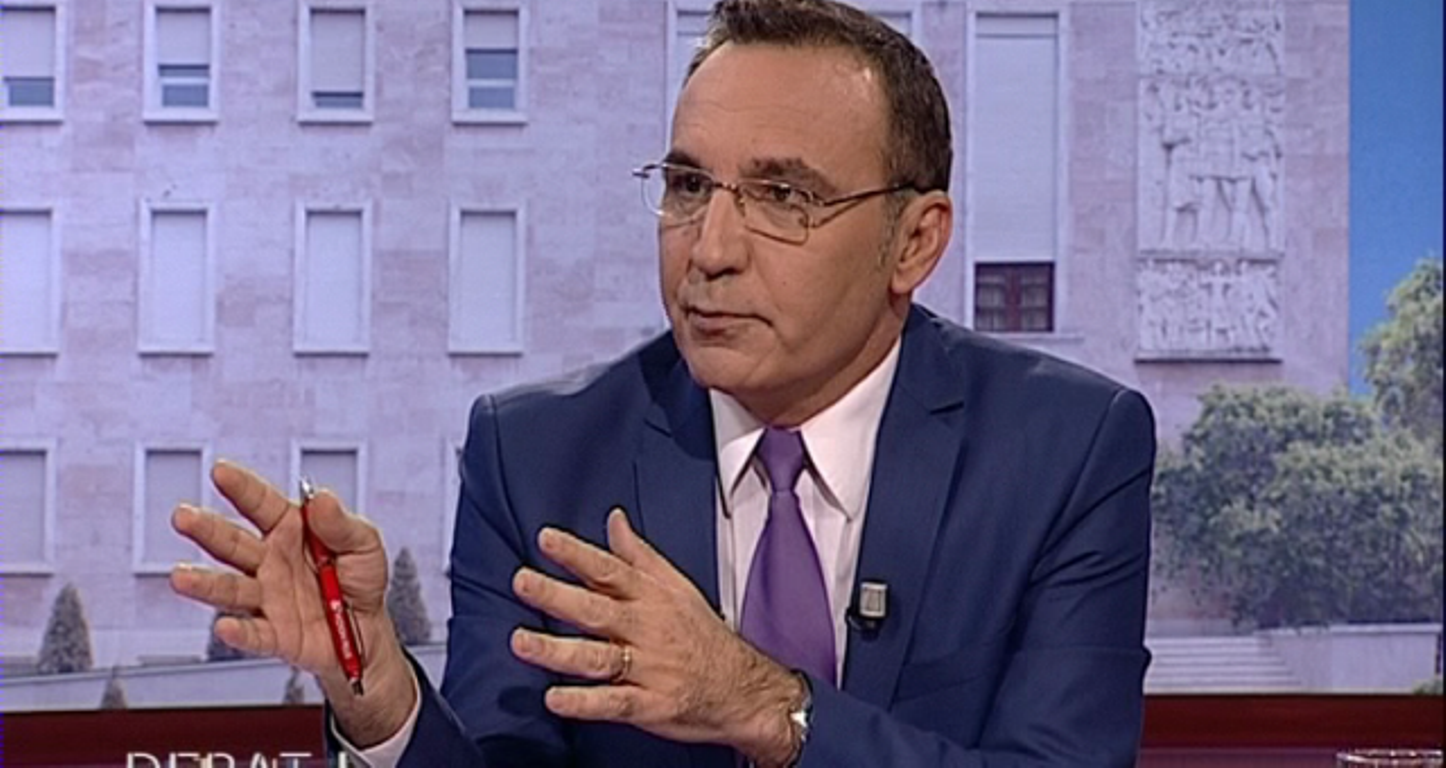
By Eduard Zaloshnja
When Sokol Balla asked Arben Ahmetaj in his political talk show about the promise that the Socialist Party had made in 2013 about the creation of 300 thousand new jobs, the socialist minister did, in fact, say that during the time that the socialists had been in power, the number of jobs that had been created was higher than 300 thousand. But, according to INSTAT, from September 2013 until March 2017, the increase in the number of employed people was only 185 thousand (this also includes peasants and self-employed in agriculture). In fact, even this figure issued by INSTAT must not be taken very seriously. And this is why:
According to INSTAT’s figures, around 1.17 million Albanians aged 15 and above, were employed at the end of March 2017. Around 40% of them were small farmers, who survive on a small plot of land. There’s a decrease of around 10 thousand employees compared to the start of 2012, when the number of Albanians over the age of 15, who were employed, was 1.18 million (see the chart attached). At first glance, this drop goes in line with the drop of Gross Domestic Product (GDP).
But, what’s not coherent with the GDP’s performance is the giant fluctuation that employment has seen in the past five years. According to INSTAT, employment fell by 18% from the first quarter of 2012 until the first quarter of 2014. Surprisingly, this dramatic fall in employment was followed by a dramatic rise (20%) until March 2017.
Such fluctuations can only happen in periods longer than ten years and not within such a short period of time.
In order for the number of employed people to fall by 18% (the drop registered during the period 2012-’14), the GDP had to drop by 18% (in circumstances of a constant performance at work). In fact, GDP increased (albeit registering a small increase) during the 2 year period.
On the other hand, in order for the number of employed people to increase by 20% (this was the increase registered during the period 2014-’17), the GDP had to grow at least 20%. In fact, GDP only increased by 8.9%.
Considering the measurement made to the GDP by INSTAT as accurate (given that this measurement is strictly monitored by IMF and Eurostat), then, either the employment figures are not credible, either there were unimaginable ups and downs in work performance by the Albanian work force during a period of 5 years. If we stick to the logic of INSTAT’s official figures on employment, then a higher Gross Domestic Product was achieved with 210 thousand fewer employees in the first quarter of 2014 than in the first quarter of 2012!!!
The analysis above and chart accompanying it help us realize that it’s not worth listening to the promises made by political parties for the creation of hundreds of thousands of new jobs, because INSTAT doesn’t offer us the possibility of making an accurate measurement of the number of jobs. Perhaps INSTAT must measure how many Albanians are looking for a job and are not able to find one. And the promises that parties make must focus on the reduction of this number through economic policies.
